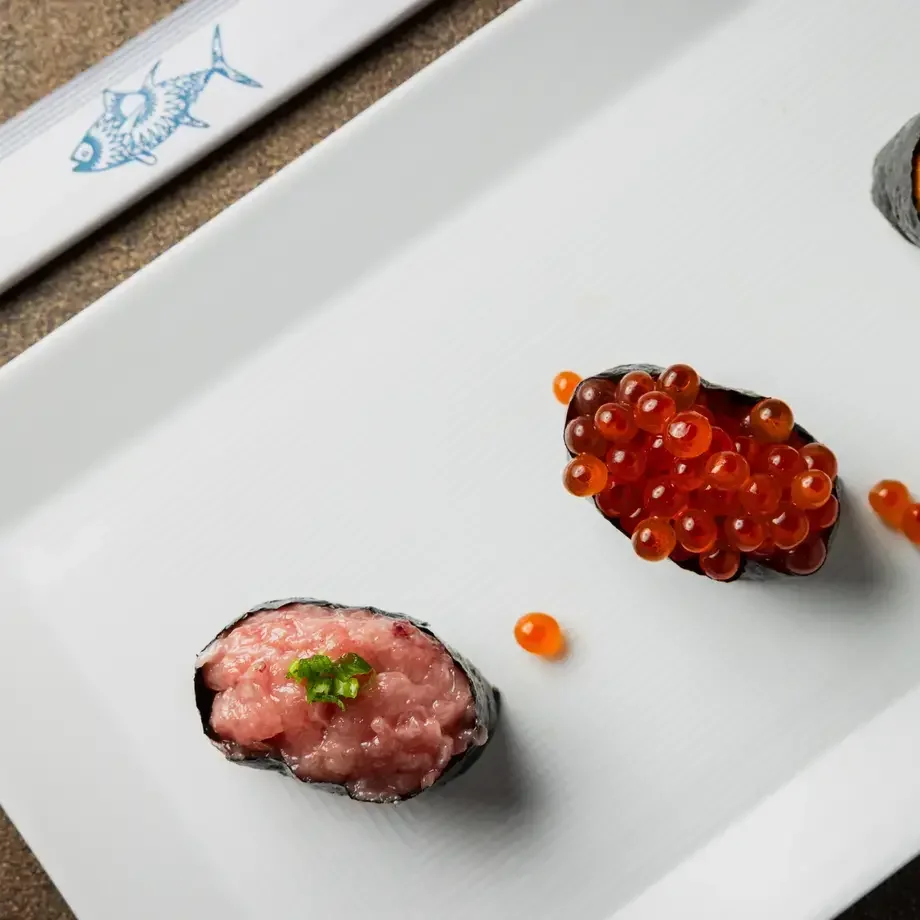I dare anyone to bite into a little sweet and perfectly ripened tomato without thinking of summer meals in a Mediterranean land, Sicily in particular.
Pachino is a small Sicilian municipality in the south east of Italy’s largest Island. It is interesting to note that this is the municipality with the greatest number of daylight hours in Europe; the brackish water coming from the groundwater close to the sea is absorbed by the plants and transformed into sugar, which gives Pachino tomaoes their full sweet taste.
As well as Pachino, this PGI appelation also consists of Ispica, Portopalo and Noto.
What are Pachino Tomatoes?
The Pachino tomato obtained the PGI (Protected Geographical Indication) label in 2013. It comprises three varieties: the cherry tomato, which is the best known, the smooth round variety that grows as a single fruit or on a vine and the ribbed tomato. The tomatoes growing in this area are fruit of the southern sun, the bright winter days, the clay soil and mild climate.








